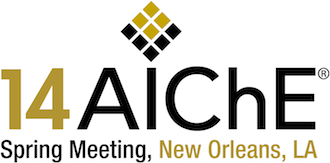

Liquefied Natural Gas (LNG) plants operating experience has shown that common-cause events are major elements of shutdown incidents and accidents that result in flare relief higher than designed capacity. Common Cause Failure (CCF) is defined as failures that will cause all the redundant components to fail simultaneously or within a limited time interval. Some examples of these common causes are errors in design, installation, maintenance or operation of redundant components. To ensure that the designed flare capacity for an LNG facility is appropriate, it is required to assess the frequency of relieving combinations with the potential to exceed flare capacity during a shutdown due to a common-cause. One of the common practices for this purpose is to perform probabilistic risk assessment considering common-cause failure analysis during the front-end engineering design (FEED) stage. The analysis started with the identification of common-cause failure scenarios resulting in relief loads from one and multiple trains, followed by the quantification of the frequency of such events and a comparison of these frequencies with each facility’s tolerability threshold. Historical data from published sources was used to calculate the likelihood for both common cause failures and their impacts. A fault tree analysis (FTA) was used to illustrate the various possibilities that may arise from a common-cause failure producing simultaneous reliefs. The scope of each simulation included consideration of the facility in multi-train operation with common infrastructure and supporting utility systems. A one train (initial startup case) analysis was done for comparison, then, different scenarios were analyzed for potential flare overload, for example, gas compressors from two or more trains failing to stop on demand. Finally, the probability of exceeding the flare capacity and its associated consequences were compared against the project’s qualitative risk assessment matrix, to decide whether we need to increase flare capacity and demonstrate that the residual risk was as low as reasonably practicable (ALARP).
